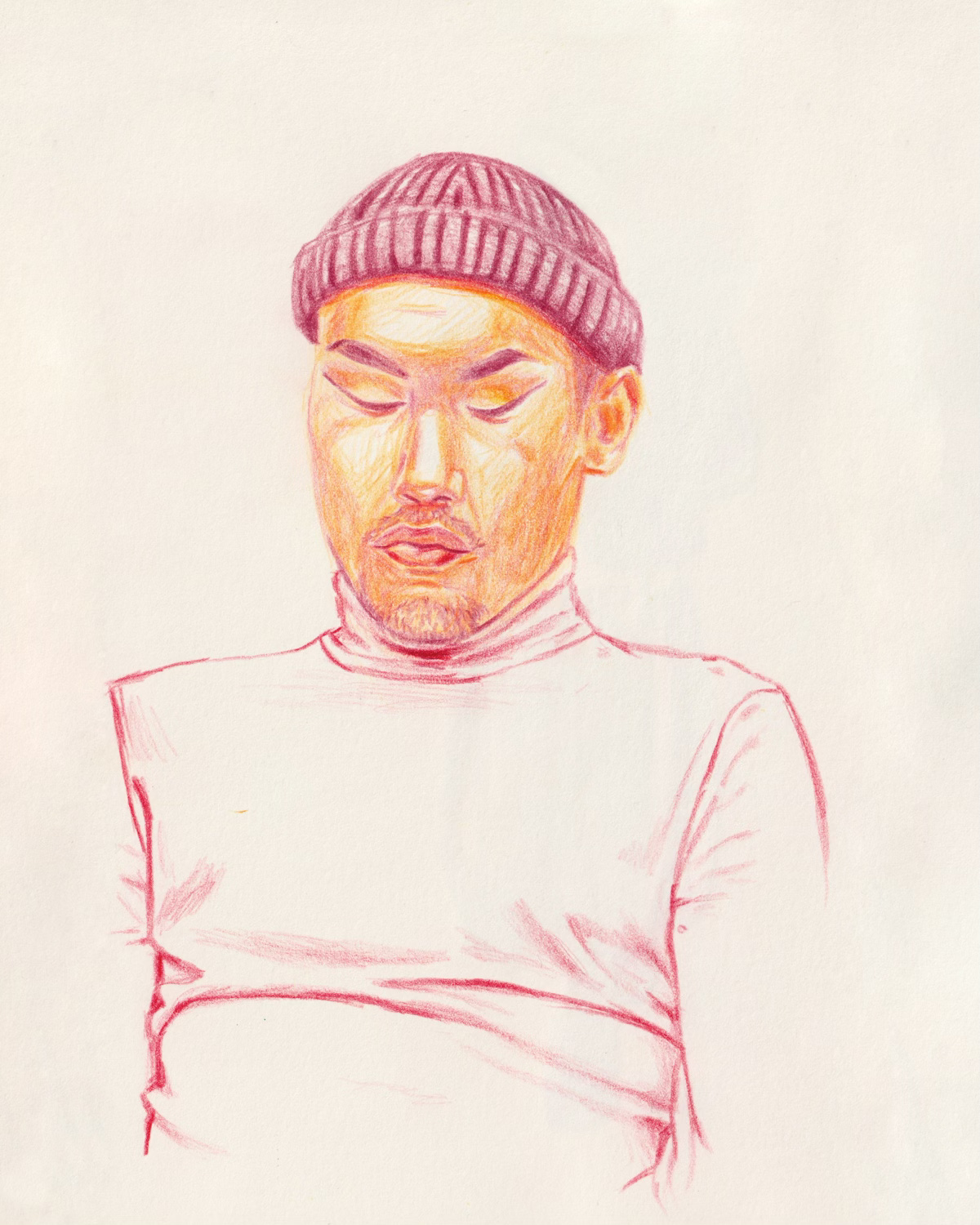Finding My Way Back
To coloured pencils
Growing up, coloured pencils were my weapon of choice. Not to sound too cocky, but I was actually pretty good with them. I mean, you would be too if you drew all the time, as I did. I’ve mentioned this before: being good at art is mostly all about practice. And passion.
Drawing was in my top 3 favourite hobbies as a kid. I would sometimes combine it with other activities, like drawing the character I was then going to play outside with my brother and our friends.
I carried on drawing as a teenager, a fact more impressive than it sounds when you consider that I pretty much abandoned my other activities/hobbies at that age (besides reading, obvs).

Then I stopped for 11 years after graduating from my Fashion degree. Other hobbies got in the way, like sewing. Or watching TV series (so much TV!). Or going out with friends.
I tell a lie; I did try to draw once in those years. The result was so bad that I thought I’d lost all my illustration skills forever.
What made me try again was the one art class I had when I went back to college to retrain as a graphic designer. By the end of the semester, I was like “hey, I’m actually improving!” That’s when I realised the meaning of ‘practice makes perfect.’ Or if not perfect, at least much better.
And then I stopped again for a few years. Why? Well, I was busy moving country, to London, finding my first job in graphic design without any contacts. Oh, and making new friends at the age of 34. So yeah, I was otherwise occupied.
You all remember from reading very carefully this post how I eventually started drawing again for good, right? 😉 As a quick refresher, I did the Inktober challenge in October 2016 and was reminded once more that practice is key. I got an iPad and proceeded to almost exclusively draw digitally until last year, when I started using traditional media regularly.
But I only found my way back to coloured pencils a couple of months ago.
There’s a saying that “a bad workman blames his tools”, but when it comes to art there’s some truth to blaming the materials. I’d bought cheap coloured pencils after moving to the UK and the colour they reluctantly gave to the paper was equally cheap. But when I got a hold of these Polychromos Faber-Castell ones… GAME CHANGER. It was a pleasure to use them!
I decided to practice with a limited colour palette, something I used to do in my early digital illustrations.
Muscle memory is fascinating. My hand remembered what to do with the pencils in a way I did not expect. I’m not saying I’m back to where I was at 14 years-old skills-wise, but with practice I know I can get there again.
Judith xx
Monthly inspiration
I came across Miroslav Šašek (The Illustrators) written by Martin Salisbury when browsing some stalls to kill time, and I bought it immediately. Is it a book aimed at children? Most probably. But it’s full of beautiful illustrations and the perfect introduction to an artist I’ve come to know much later than I would have liked!

I enjoyed seeing the evolution of his style throughout the book. His illustrations definitely weren't as striking at the beginning of his career. It gives me hope that maybe my best work is yet to come.
I love so many things about Šašek’s work: the expressive characters, the mixed media (watercolour, gouache, ink), the stylised way of depicting people and buildings while maintaining a good likeness. His popular This Is… series covered many major, and some less obvious, cities throughout the world. He would travel to the city and start his work there, from observation rather than photos. I’m sure it helped to get the feel of the place and find its idiosyncrasies.
His style falls under the mid-century category. This retro look is certainly part of why adults now enjoy Šašek’s illustrations as much as children.
The illustrator Brandon Campbell is also amazing at the mid-century style. His are some of the only Instagram reels I like watching:
And if you like the mid-century style too, may I suggest you check out Design For Today’s website or IG account.
You can follow my illustration and graphic design work here.








